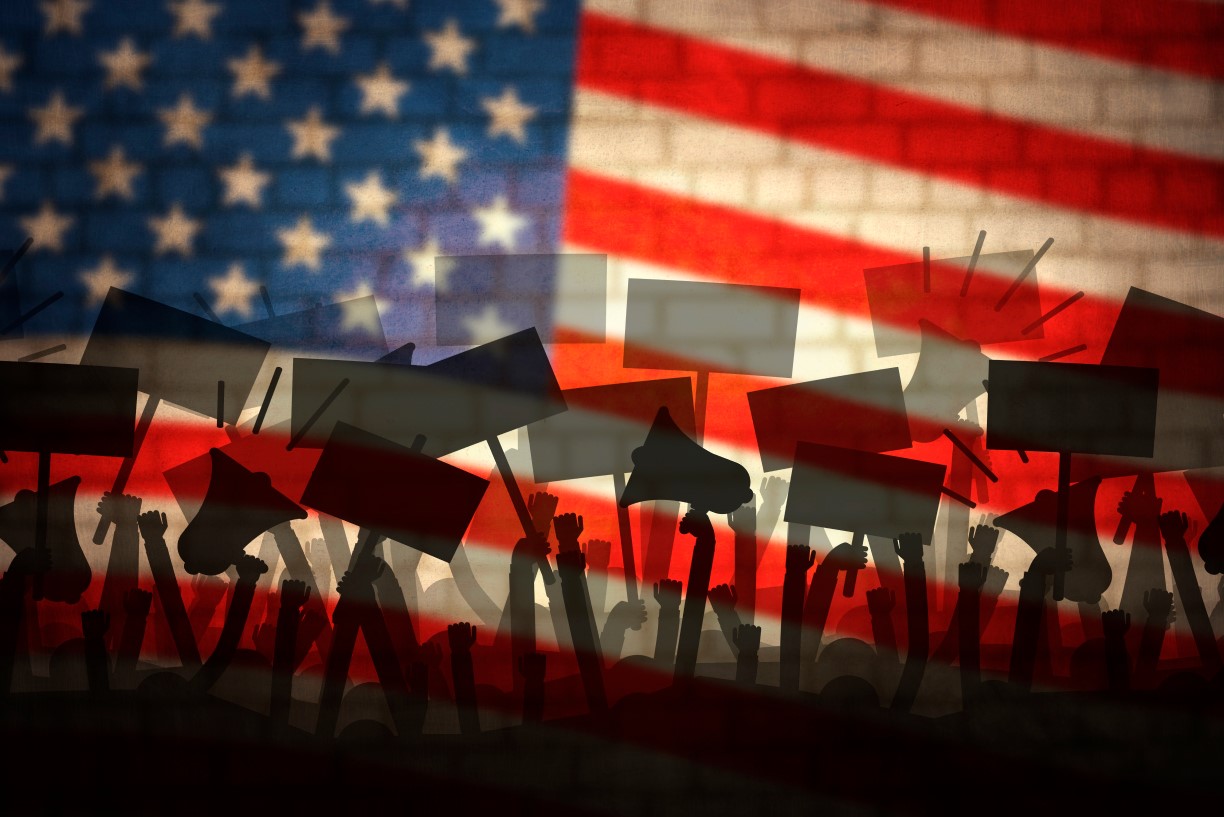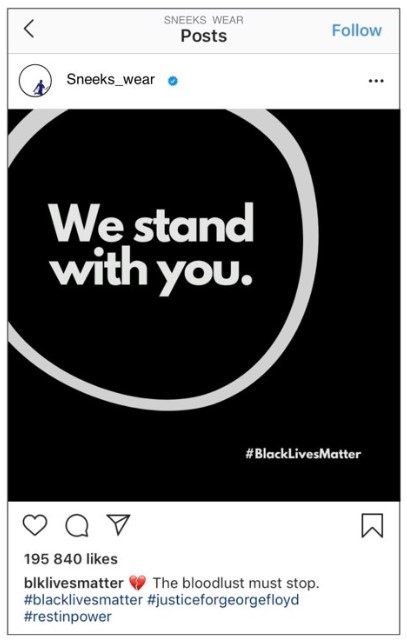
Corporate Activism: True Allyship or “Woke-Washing”?
Last March, the Walt Disney Company publicly denounced the controversial “Don’t Say Gay” education bill passed by Florida legislators. In May, Amazon responded to a leaked Supreme Court opinion suggesting the reversal of Roe v. Wade by announcing a new benefit for employees: $4,000 to cover travel costs for out-of-state healthcare, including abortions. Later that month, McDonald’s Corporation pulled out of Russia — a market it had operated in for more than 30 years, and which delivered approximately $310 million in annual profit — to protest the government’s decision to invade Ukraine.
These are just a few examples of American companies taking a public stance on social justice issues. A relatively new phenomenon, it’s one that’s swiftly gaining traction, as consumers, employees and other stakeholders increasingly expect businesses to leverage their economic power as advocates for a variety of social and environmental causes. This sentiment is particularly strong among younger workers, categorized as millennials (born between 1981 and 1996) and Gen Z (born between 1997 and 2012), who together account for roughly half of the nation’s workforce. According to the recent Bentley University – Gallup Force for Good Survey, 59% of Americans ages 18-29 believe businesses should take a public stance on current events, compared with just 42% of those aged 45 and older.
RELATED: Explore more Bentley-Gallup Force for Good survey findings

However, as Marketing professor Susan Dobscha notes, companies need to carefully consider their response before weighing in. In new research published in the Journal of the Association for Consumer Research, she and her co-researchers explored how corporate responses to social causes affect consumer behavior — and found that audiences are adept at distinguishing between sincere support and self-serving gestures, or true allyship versus performative allyship.
True allyship occurs when companies “authentically respond to critical social moments with a well-thought-out message that includes some commitment to effecting positive change,” Dobscha explains. Conversely, companies that engage in performative allyship respond to the same social issue with “shallow, vague or even tone-deaf messaging” and fail to take any meaningful action. Also known as “woke-washing,” performative allyship can jeopardize businesses’ bottom lines, she cautions: “Companies who attempt to take a stand merely because it’s the ‘thing to do’ will hurt their relationship with their consumers.”
For their study, the researchers first assessed brand allyship and market performance in relation to Blackout Tuesday, a collective campaign that took place on June 2, 2020, to protest racism, police brutality and the murders of George Floyd, Ahmaud Arbery, Breonna Taylor and other Black Americans. Focusing on the top 100 U.S. brands, the team examined each company’s actions and categorized them as either true allies, such as those who pledged financial support for the Black Lives Matter movement; performative allies, including those who publicly support racial justice but lack diversity among their leadership and boards; or neutral, indicating they did not engage in the campaign.

fictional sneaker company.
Next, researchers looked at stock market performance for each company at one-, three- and six-month intervals following Blackout Tuesday. They found that “the effect of the allyship condition was significant” at both the one-month and three-month marks, Dobscha says, with true allies posting higher stock prices than neutral and performative ally brands. There were no significant differences among the three categories at the six-month mark, she notes, which suggests true allyship brands “need to be continuous and consistent in their efforts.”
Because stock prices can be influenced by other factors, Dobscha and her research partners also conducted a controlled experiment. A group of nearly 300 participants, equally divided between those who self-identified as either white or Black/African American, were shown a social media post from a fictional sneaker company in support of Blackout Tuesday. They were also shown a randomly selected photo of the company’s board of directors, illustrative of either performative allyship (e.g., featuring almost all white members) or true allyship (featuring mostly people of color). Participants were then asked to evaluate their feelings about the brand and its product, as well as their purchase intentions.


The results, Dobscha says, confirm that “consumers value brands that not only talk the talk but walk the walk,” with participants consistently rating the true allyship brand more favorably than its performative counterpart. This effect was stronger among Black participants, which aligns with prior research indicating consumers are drawn to brands whose values mirror their own. As this experiment supported racial justice, she explains, it follows that Black consumers — who, by definition, have more to gain from the eradication of structural racism than white consumers — would feel a stronger self-brand connection.
Ultimately, Dobscha says, the team’s findings demonstrate that “consumers are discerning enough to notice the difference between true and performative tactics.” Thus, when companies decide to take a public stance on social justice issues, they should do so thoughtfully and authentically, following through on their words of support by taking specific actions to effect positive change.
“In the end,” she says, “true allies will be rewarded by customers and in the eyes of the public. And to those companies who think that one Instagram post is enough: it’s not, and customers are watching.”

